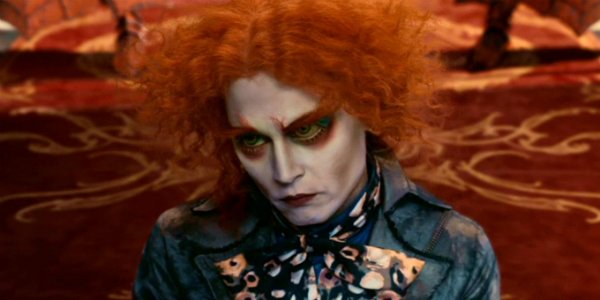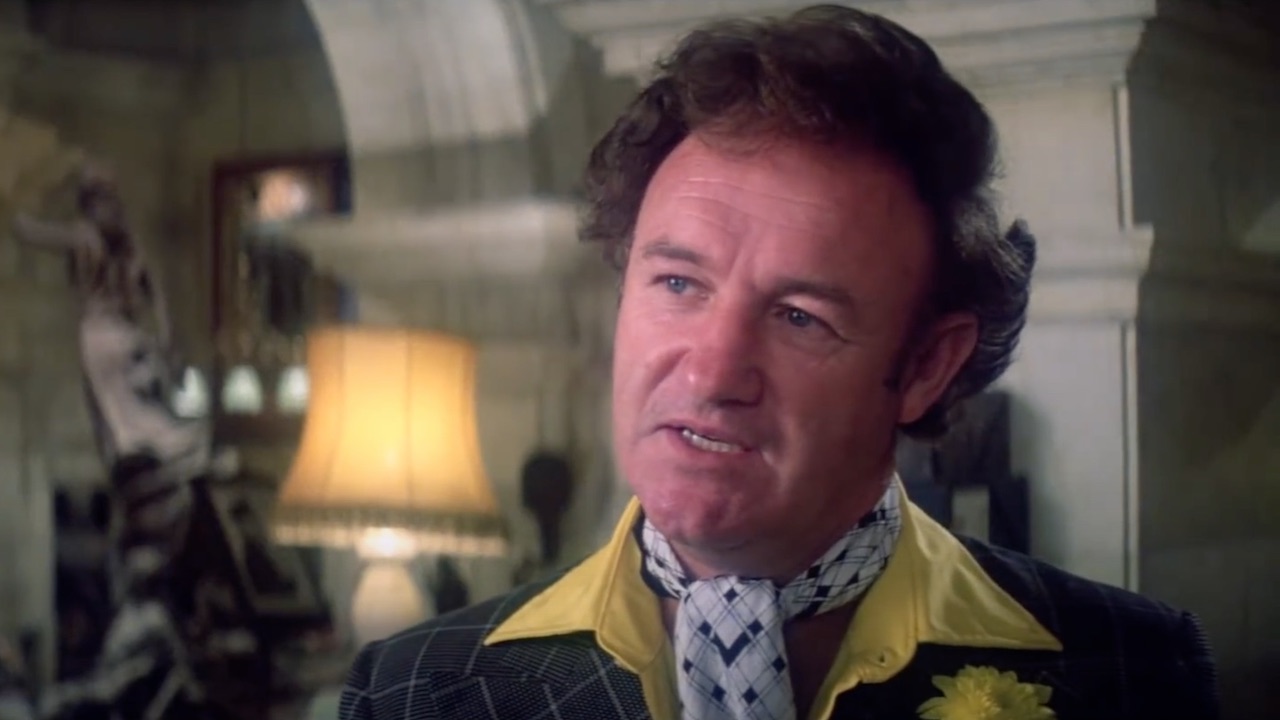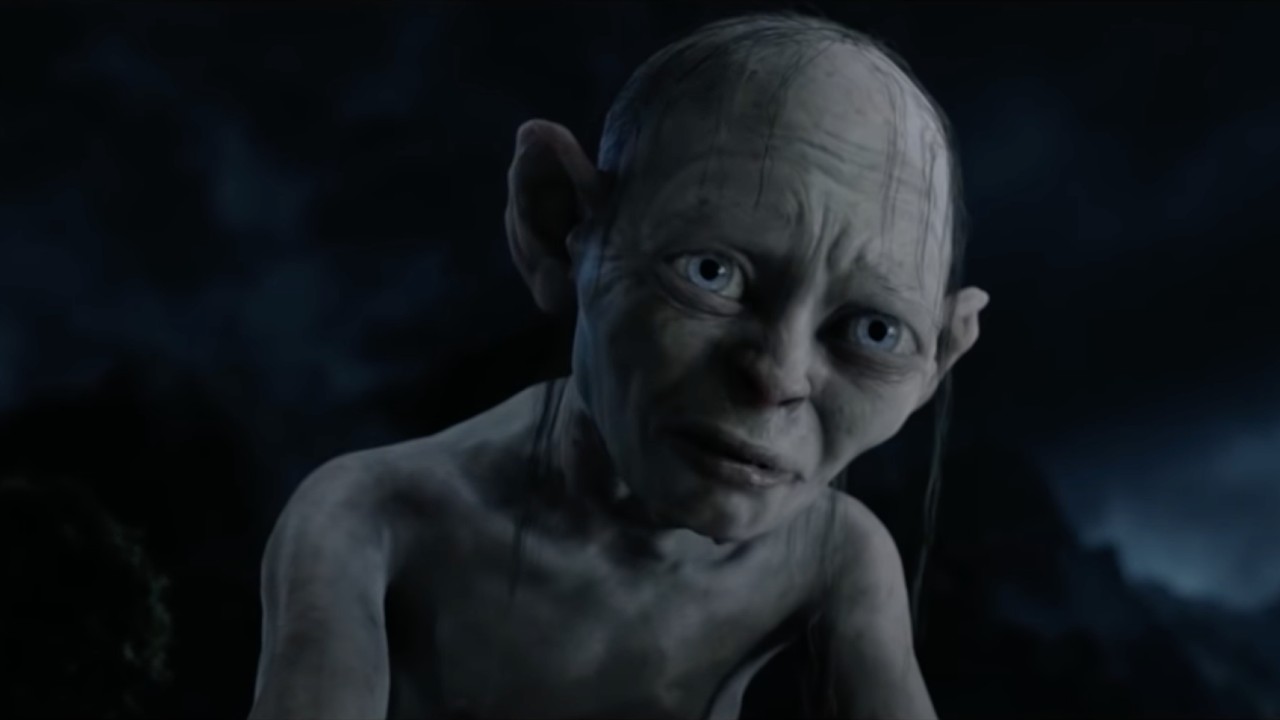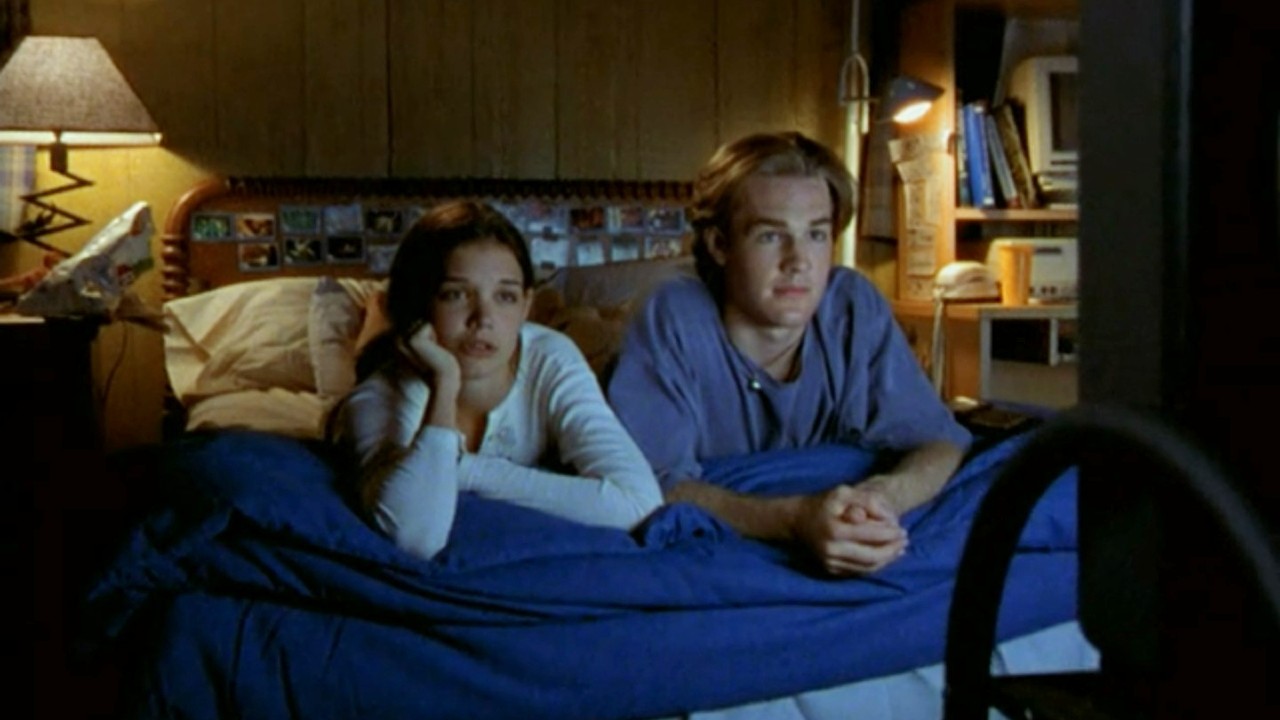How Scientists Are Using A Tim Burton Movie To Study Psychosis

Even the most fledgling cinephile can likely identify the surreal, otherworldly filmmaking style of director Tim Burton. From Edward Scissorhands to his innovative take on Gotham city in his Batman films, the director has developed a style that has become decidedly signature. However, beyond their artistic merit, his films have now become a means by which scientific progress can be achieved.
According to Van Winkle’s, neuroscientists from Aalto University recently conducted a study using Burton’s film Alice in Wonderland to identify early stages of psychosis. The scientists collected two groups of subjects: people who had suffered one psychotic episode, and a control group of people with no history of psychosis -- and screened the film for them. By definition, psychosis is an abnormality of the brain’s ability to make a distinction between what is real and what is not, so in theory, the control group’s brains should respond differently to stimuli than the experimental group.
Computer imagery was taken of every subject’s brain as they watched the film, to examine how an area of the brain – called the precuneus – responded to the film. Researchers found that a computer algorithm they developed could examine these different brains and predict, with eighty percent accuracy, the subjects who would be prone to the early stages of psychosis. This research has been something of a revelation, and will go a long way towards assisting in the early diagnosis of such conditions.
Research of this nature had been conducted before, but only on subjects in a resting state, or playing rudimentary games. As many know, Tim Burton’s Alice in Wonderland features surreal, downright impossible imagery and story elements that requires the viewer to mentally process that Alice has fallen down a hole into a realm far different than the one she knows – aiding in the overall accuracy of the computer assessment.
Given the nature of Burton’s filmography, his work seems like a logical choice for this type of experiment. The researchers chose Alice in Wonderland primarily because it is one of the least scary options they had available, and wanted the brains of the subjects to primarily focus on making the distinction between reality and the otherworldly.
This study serves as yet another affirmation that films do in fact serve a purpose beyond entertainment or artistic expression. Disorders of this nature can have a crippling effect on those that they afflict, and the results of an experiment such as this could effectively improve the lives of millions of people around the world. The results are fascinating, and it opens up speculation that perhaps Burton will get a chance to progress this sort of research even further when the Alice in Wonderland sequel – Alice Through the Looking Glass – comes to theaters next year.
CINEMABLEND NEWSLETTER
Your Daily Blend of Entertainment News
Originally from Connecticut, Conner grew up in San Diego and graduated from Chapman University in 2014. He now lives in Los Angeles working in and around the entertainment industry and can mostly be found binging horror movies and chugging coffee.










